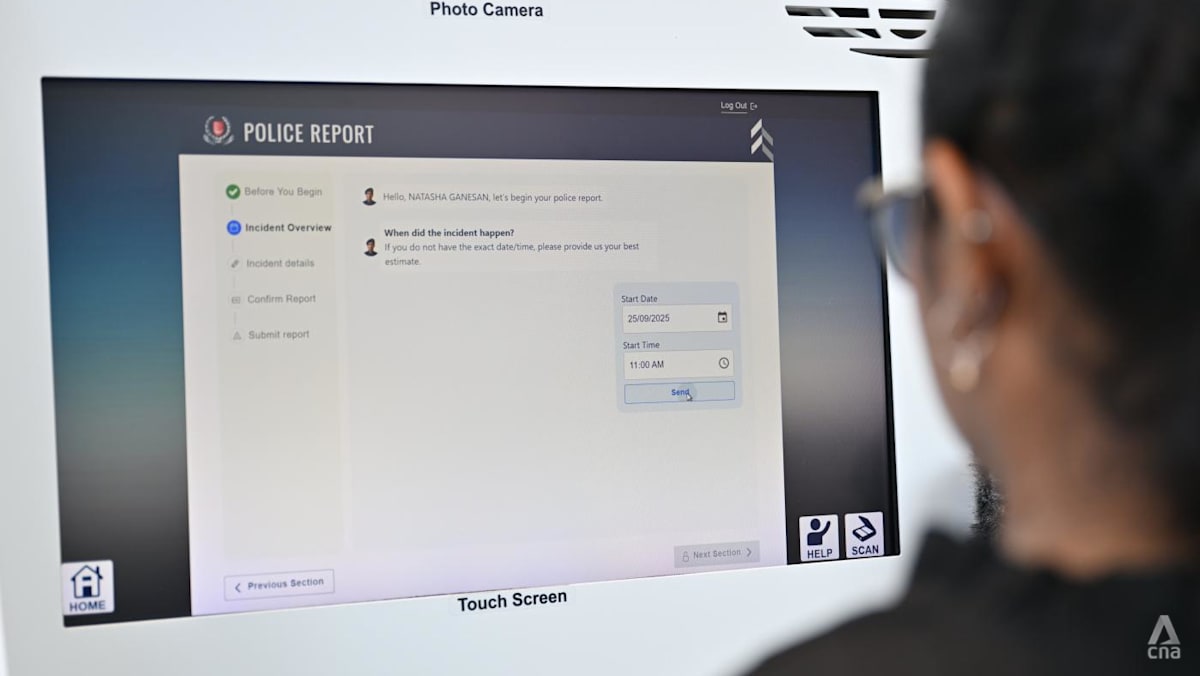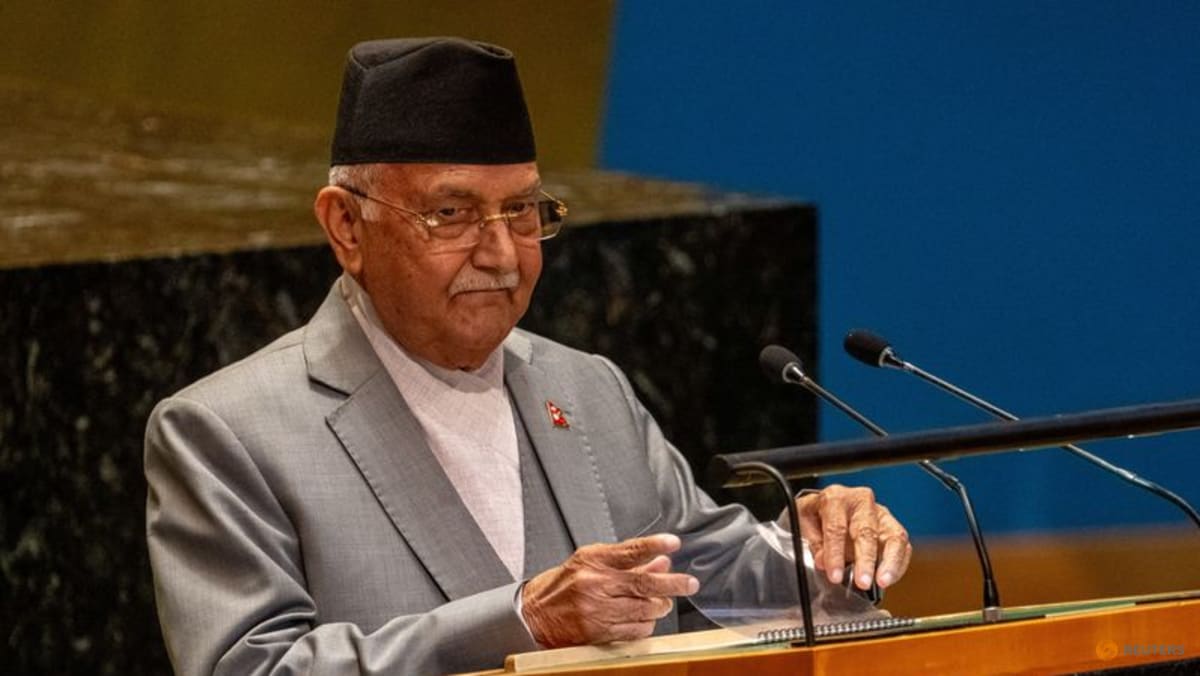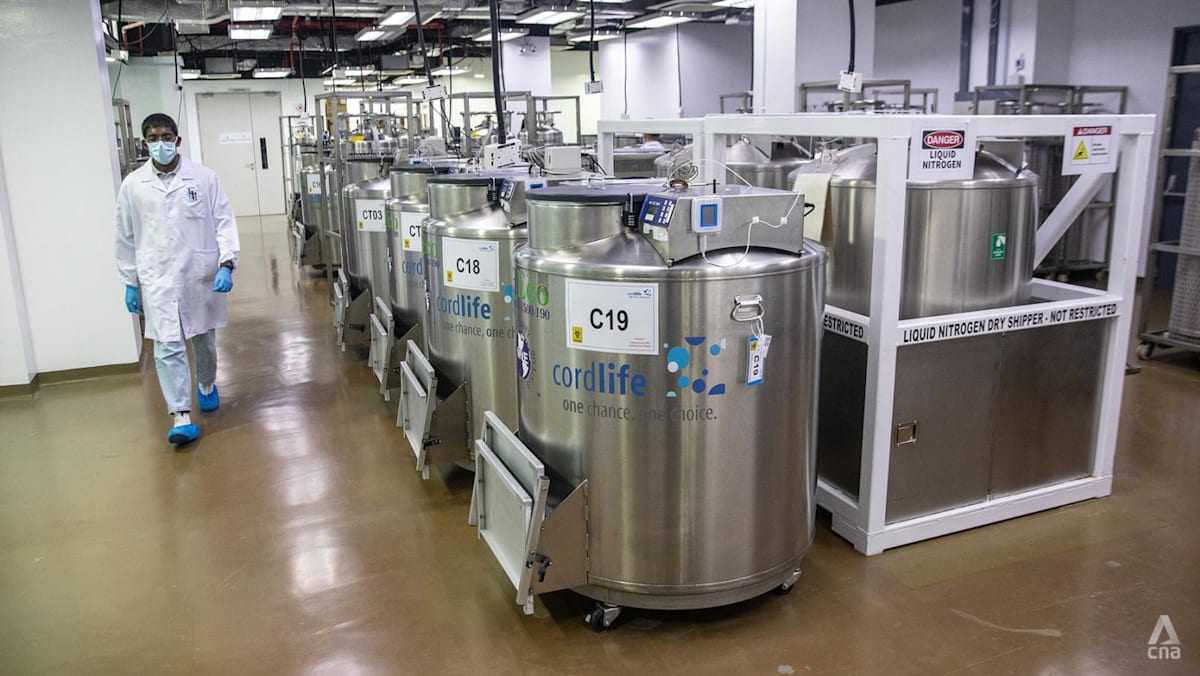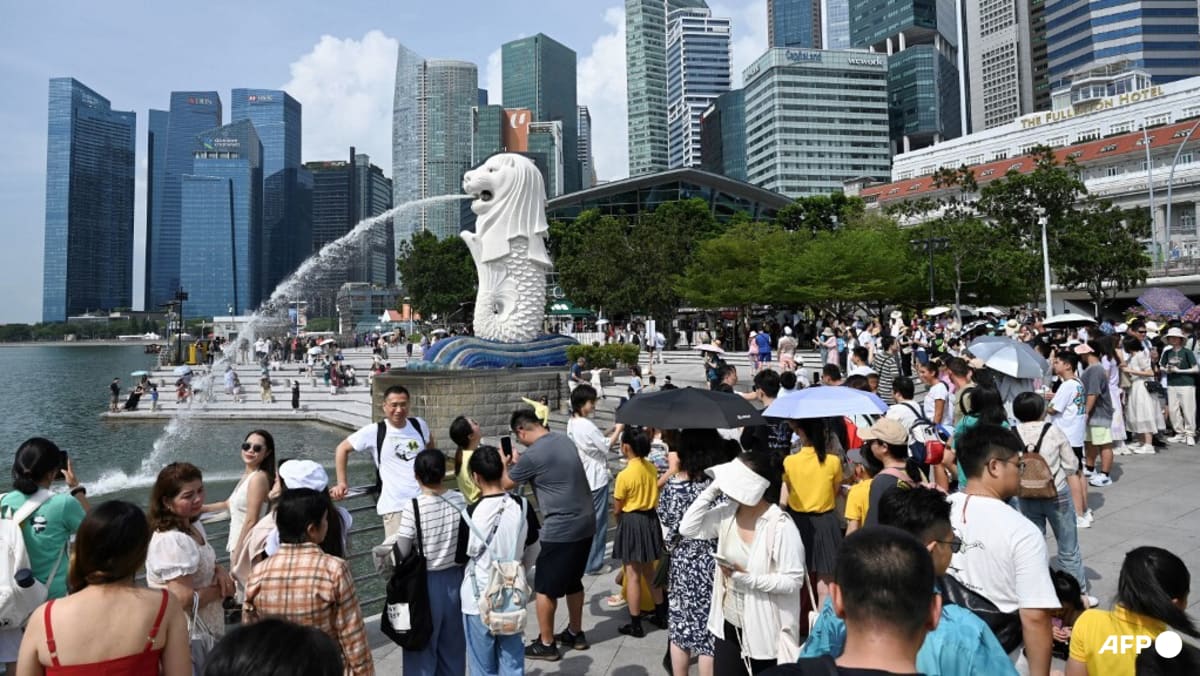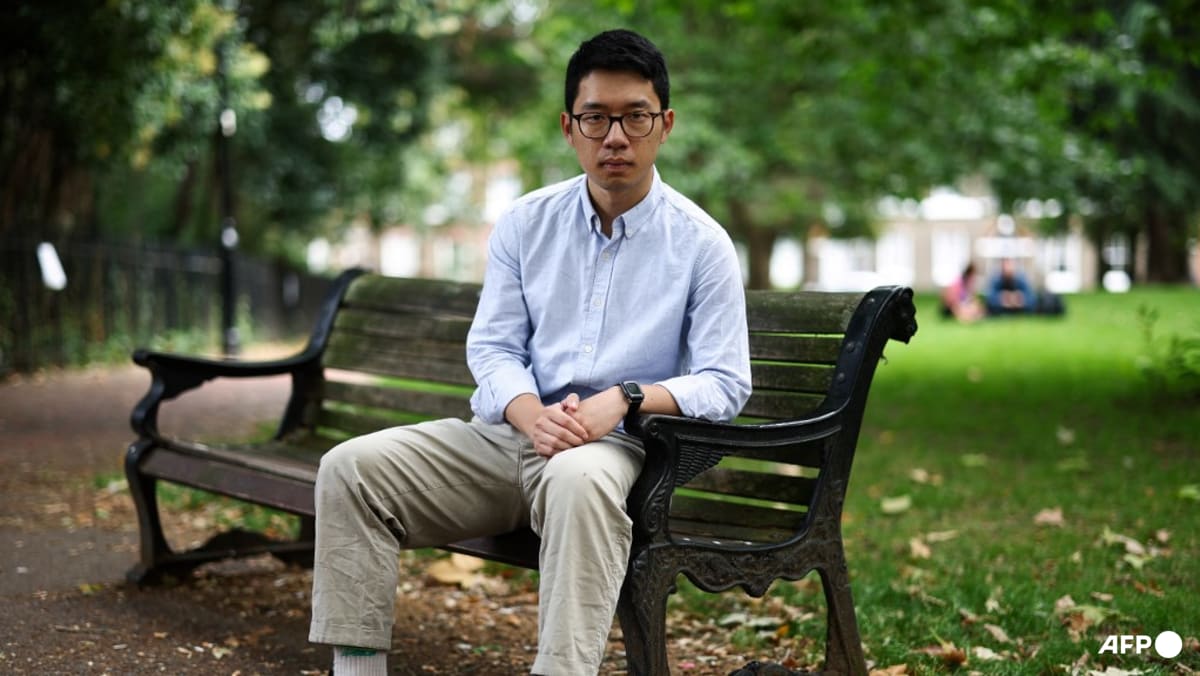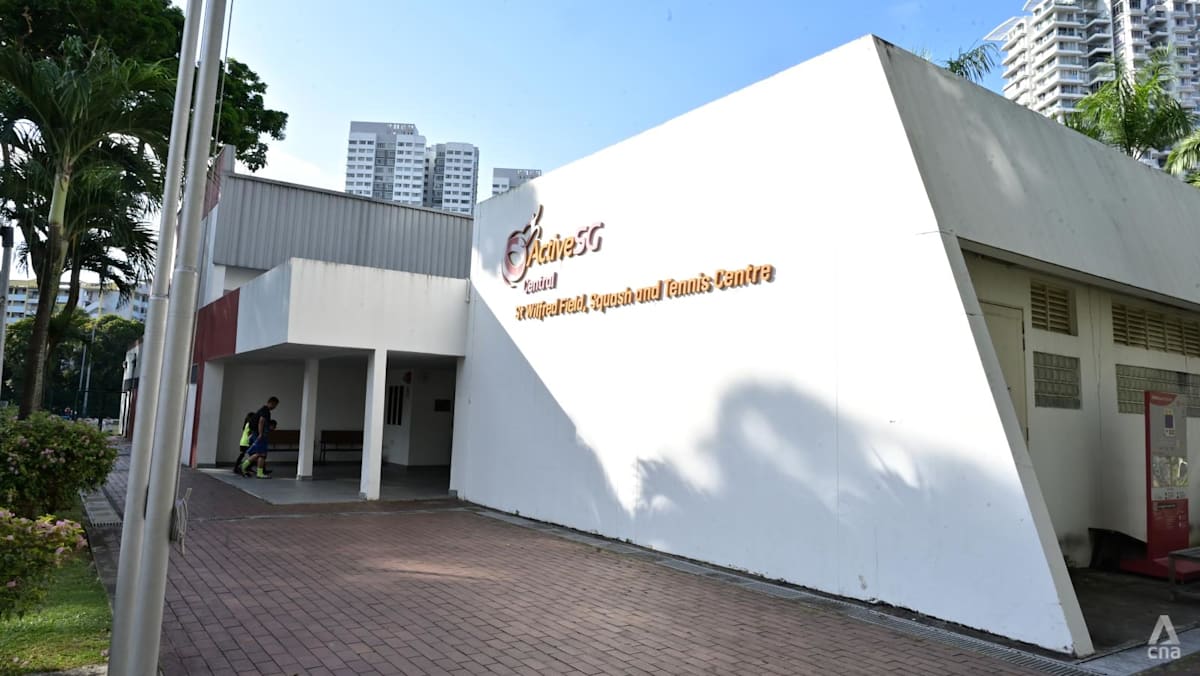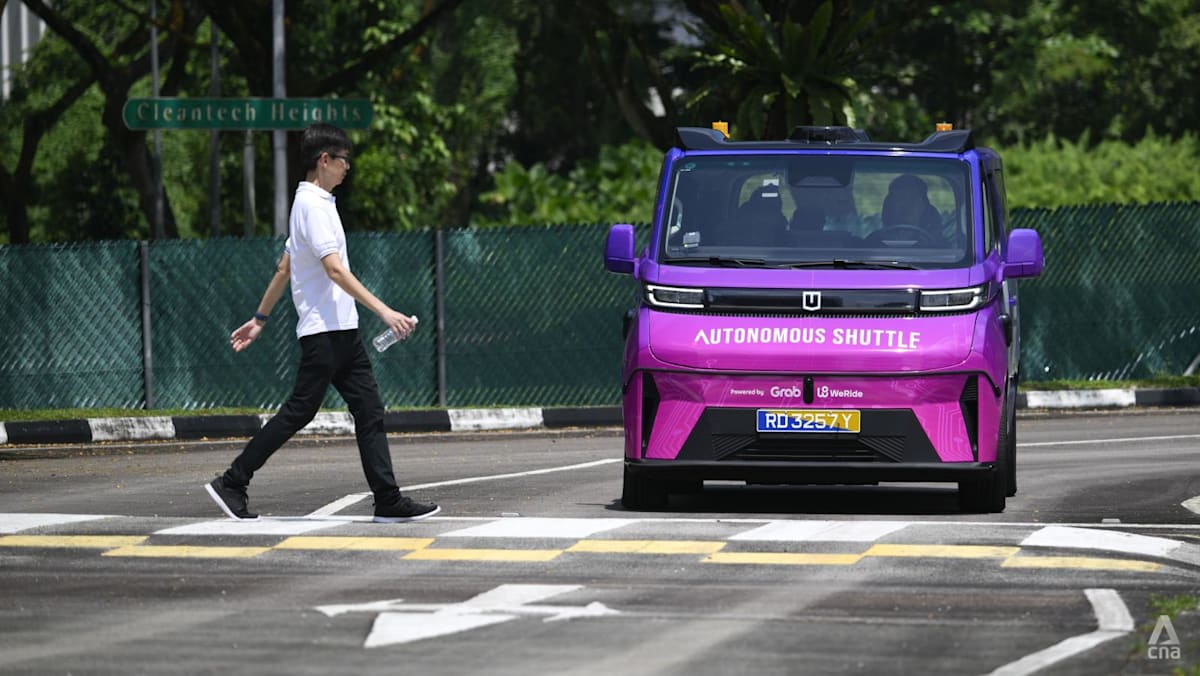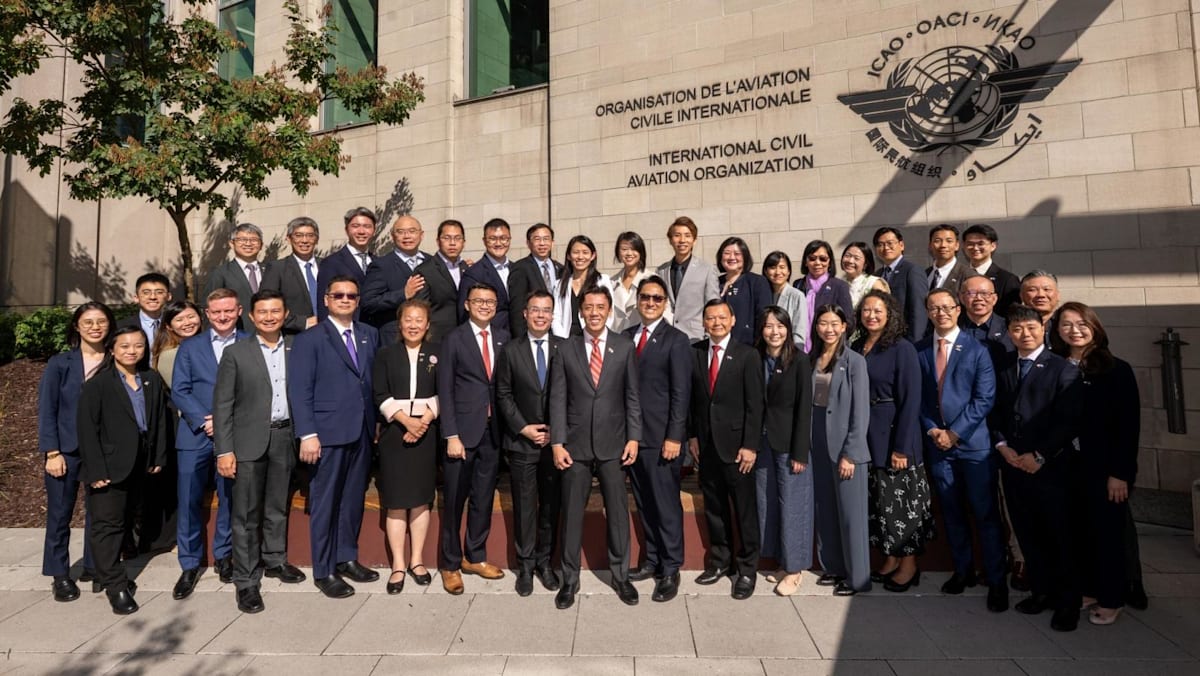SINGAPORE: A 57-year-old man who was in a chain collision along the Seletar Expressway (SLE) in 2022 died after a foreign metallic object from the steering wheel became lodged in his head after the driver’s airbag was deployed.
This is the first such death in Singapore involving a Takata airbag, which was recalled worldwide from as early as 2013 after defects were discovered, a coroner’s court heard on Monday (Sep 29).
The flawed airbags fitted in the steering wheels could potentially eject metal shrapnel when the airbags are deployed. It has been reported that the flaw has killed more than a dozen people and maimed many others globally.
To date, in Singapore, 198,800 vehicles with the airbag issue have been recalled, with a completion rate of 94 per cent, the court heard.
THE CASE
Mr Michael Ong Kong Meng was driving along the SLE at about 8am on Oct 10, 2022 when he was caught up in a chain collision involving six cars.
CNA has contacted the Attorney-General’s Chambers on the type of car Mr Ong was driving as it was not stated in open court.
His vehicle was the fifth in the collision, along the first lane of the four-lane road. The vehicle in front of him had managed to slow down and avoid impact until Mr Ong collided with that vehicle, causing it to surge forward and hit the third vehicle in the collision sequence.
The impact Mr Ong’s vehicle had with the vehicle ahead was “quite extensive”, and of all the vehicles involved, only Mr Ong’s airbags were deployed.
None of the other drivers was injured, while Mr Ong was taken unconscious to hospital in traumatic arrest.
He was pronounced dead later that same morning.
An autopsy discovered a penetrating injury to Mr Ong’s head.
The metal object, measuring 1.5cm in length and 2.2cm in diameter, had apparently broken off from an object that remained in the airbag.
It is believed to have exited the airbag at an upward angle. Mr Ong’s death was caused by a “penetrating injury of the head”. His vehicle was found to be otherwise in a serviceable condition.
The senior investigation officer on the case, Station Inspector Firdaus Suleiman, told the court that there was no report of any such Takata airbag incident in Singapore until Mr Ong’s case.
Kah Motor, the main distributor of Honda cars in Singapore had stated that the firm did not have the recall history of Mr Ong’s car, as it was not sold by it, said SIO Firdaus.
According to Kah Motor, Honda had announced the recall of the Takata airbag between 2012 and 2014, with the affected models including Civic, City, Jazz, Stream and Accord, which were manufactured between 2002 and 2011.
Kah Motor stated that between 2012 and 2014, 415 of more than 2,100 vehicles sold were affected by the recall. To date, they have replaced 410 of the components in the 415 vehicles that were recalled.
The owners of the remaining five vehicles have not responded to the recall exercise, the court heard.
THE PARALLEL IMPORTER
Records from the Land Transport Authority (LTA) showed that the vehicle Mr Ong was driving was registered in March 2009 and was imported and sold by parallel importer company Hong Sin Motors.
Hong Sin Motors has not reported the recall exercise for the vehicle belonging to Mr Ong, the court heard.
Motor car dealers, including parallel importers, are required to report to LTA if any of their vehicles are affected by a recall exercise. LTA had previously issued a media statement on the recall of Takata airbags.
However, Hong Sin has been defunct since 2017 and did not respond to letters LTA sent it on recalls relating to other issues. LTA concluded that the business address had not been updated.
Counsel for Mr Ong’s widow told the court that Mr Ong had not purchased the car directly from Hong Sin, but that the car “had passed a few hands”.
On questioning by State Coroner Adam Nakhoda, SIO Firdaus said the metallic component found in Mr Ong’s head came from the internal components of the airbag, which could have broken and been expelled.
SIO Firdaus said the other cases worldwide involving the defective airbag were similar in the way that the metallic components were expelled, but he said he was unable to determine where the components originated from, other than to say it came from the internal parts of the steering wheel.
There was no in-car camera in Mr Ong’s car.
LTA TESTIMONY
Mr Ng Lok Yee, a principal engineer with LTA who was working in the vehicle safety and control division, testified that Mr Ong’s vehicle was within the chassis number range of the recall by Honda Japan.
The defective airbag is not specific to Honda but is installed in various types of cars, the court heard.
Mr Ng said that manufacturers, dealers or the person in the business of importing or selling vehicles have the responsibility to give notice of any safety-related defect to LTA.
This includes parallel importers. They must also update LTA on the status of rectification works.
Mr Ng said Hong Sin Motors was required to verify if Mr Ong’s car was affected by the Takata airbag recall, and if so, the company was required to notify LTA and follow up with the car owner.
Although LTA has “no statutory responsibility in this regard”, officers from the vehicle approval and control division assume a “facilitative role”.
Mr Ng said LTA previously reached out to Hong Sin Motors via registered mail for three different recalls unrelated to the Takata airbag, but the letters were returned to LTA.
He said LTA actively engages those in the industry to follow up on those affected by the ongoing Takata airbag recall, issuing advisory letters and linking up car owners with workshops that can carry out the rectification works where needed.
As of June 2023, the recall affected about 198,000 vehicles in Singapore, with a rectification rate of 90 per cent.
This increased to about 94 per cent at about 198,800 vehicles a year later.
Mr Ng said vehicle owners who have received recall notifications from their dealers should contact their motor dealer, who will advise on the time frame for rectification and the interim precautionary measures that should be taken.
They can also log into the electronic vehicle recall system in the OneMotoring portal to check if vehicles are affected by any recall. Failure to comply with a recall order is an offence under the Road Traffic Act, said Mr Ng.
Mr Ong’s widow and family members filled the courtroom. His widow, who wept at various points, was represented by counsel who asked questions on her behalf.
Mr Ong’s next-of-kin raised several queries with LTA, including asking whether LTA had a system of monitoring the status of vehicle recalls, whether LTA took enforcement action for non-compliance and how LTA ensured road safety if there was no monitoring system.
Mr Ng addressed all their questions in turn. Among other things, he said LTA has a system in place to monitor the status of vehicle recalls when notified by the manufacturer or motor dealer of a defect.
Under the vehicle recall framework, motor dealers and parallel importers must notify LTA and the affected car owners and make the necessary arrangements to rectify defects and update LTA on the rectification works.
Mr Ng said LTA takes action against those, including parallel importers, who fail to fulfil their legal obligations.
He said it was the legal obligation of the dealer who imported and sold the vehicle to verify if a vehicle is affected by a recall exercise.
However, in this case, Hong Sin Motors was unreachable and did not notify LTA.
Mr Ng said without dealer confirmation, LTA cannot confirm if the vehicle was affected by a recall. He said it was not operationally possible for LTA to reach out, as it has no business relations with the manufacturer as opposed to the dealer who purchased the vehicle.
Therefore, LTA adopts a “balanced approach” by ensuring that recall notices are being sent to vehicle owners when dealers confirm they are affected. This is also not to cause alarm to vehicle owners who might not be affected by the recall, said Mr Ng.
He said Hong Sin Motors was a parallel importer, so it did not have a direct link with the manufacturer unlike authorised motor dealers, who will be notified by the manufacturer on such recalls.
Therefore, parallel importers will need to do their due diligence to keep up to date on whether any recalls are published and if any vehicles they sold are affected.
The lawyer for Mr Ong’s widow asked whether LTA could have “gone backwards” to see if a recall letter was given to Mr Ong based on the vehicle’s chassis number.
Mr Ng explained that generally, when a manufacturer publishes a recall notice, there is a range of chassis numbers that might be affected. However, not all the vehicles in that range are definitely affected.
Therefore, the dealer needs to confirm if a specific vehicle is affected.
The coroner asked if LTA knew the status for the remaining 6 per cent of vehicles affected by this recall as of June 2024.
Mr Ng said LTA does know the status, as it tracks them. He said it was an “ongoing recall”, where every now and then LTA receives a recall notification from a motor dealer or parallel importer whenever the manufacturer discovers a defect.
He stressed that the number of 198,000 is “dynamic” and does not refer to the number of vehicles that existed at the time of the first recall.
The inquiry into Mr Ong’s death was fixed for another hearing at a later date.
Mr Ong’s widow declined comment through her lawyer when approached by CNA.
